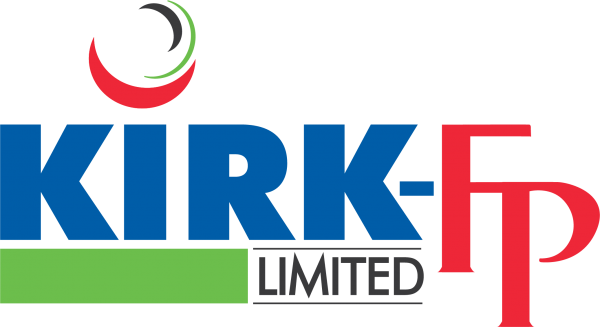January is Earthquake Awareness Month
While there is not much that can be done to predict when and where an earthquake will occur, the emphasis is on a rapid response in the aftermath, and the ability of affected individuals to survive until help arrives. During this Earthquake Awareness Month, the Office of Disaster Preparedness and Emergency Management (ODPEM) is focusing on the theme: ‘Community Strengthening and Awareness… A Recipe for Building Earthquake Resilience’. The agency is highlighting measures to be taken by government agencies and communities to strengthen the country’s capacity to mitigate the effects of earthquakes. (See full story)
Even as the government sharpens its response mechanism, individual communities and families can prepare by learning what protective measures to take before, during and after the emergency. The ODPEM website at www.odpem.org.jm has a downloadable document titled, ‘4 Ways to Better Prepare You & Your Family for an Earthquake’.
Your plan should include a basic disaster supplies kit. See below, some ideas for supplies, courtesy of ODPEM :
YOUR EMERGENCY SUPPLIES KIT
• The Container:
A backpack is best, but a small suitcase, duffel bag, or even a heavy cardboard box can serve as a container. It should be large enough to hold the equipment, but small enough for you to carry without difficulty.
• Portable Radio and Batteries
• Flashlight
Include a high quality flashlight with spare batteries.
• Water
Store enough water for cooking and sanitary needs. One half gallon (or two litres) per person will provide drinking water for one day. Replace the bottles of water every three to six months.
• Food
Pack one day’s supply of high energy, ready to-eat foods. Replace the food supplies in the kit every three to six months depending on their exposure to heat and light.
• A well-stocked first aid kit
Include: first aid manual, band aids, sterile gauze pads, soap, antibiotic ointment, antiseptic solution, chemical cold compress, small container of table salt, aspirin tablets, anti-diarrhoea medication, scissors, safety pins, tweezers, thermometer, tissues, matches, pocket knife, three-day supply of prescription medicine required and extra contact lens solutions if needed. All liquids should be in plastic containers. Check your First Aid Kit annually or more often and replace items as necessary. A smaller kit can be kept in your car and at work.
• Walking Shoes and Socks
The only transportation may be on foot after a disaster as roads may be blocked. Be sure that your shoes are suitable for long distances and for walking over piles of broken glass.
• Local Map & Directions to Community Services
• A Blanket
• Sanitation Supplies
Include small and medium plastic bags for human waste disposal, tissues, soap and sanitary napkins, bleach, disinfectant, toothbrush, toothpaste, shampoo, deodorant, comb and other personal hygiene supplies.

